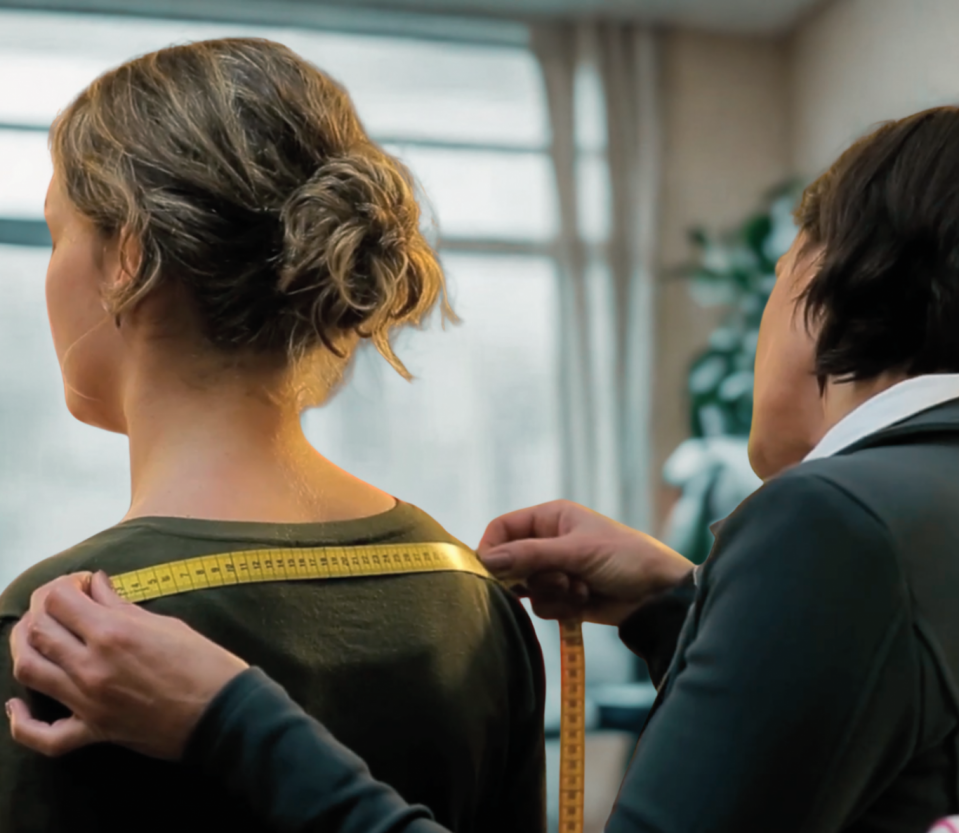
Wake Without Pain: Sleep Posture & Pillow Fit Guide: National Physical Therapy Month
October is National Physical Therapy Month, and it is a timely opportunity to spotlight the vital connection between sleep posture and musculoskeletal health. Physical therapists know that how one sleeps can profoundly influence muscle recovery, nighttime pain, and daytime discomfort. By integrating best practices in sleep ergonomics, physical therapy is a powerful ally in both preventing and managing everyday aches and injuries.
How Physical Therapists Evaluate Sleep Posture
Physical therapists bring a holistic eye to sleep related pain and posture problems:
- Sleep history and mapping: Therapists review when pain starts, how it changes from morning to night, and what may trigger it.
- Posture observation: Therapists assess preferred sleep positions and analyze current pillow and mattress setups to identify nighttime factors that worsen symptoms.
- Body measurements: Neck length, shoulder width, and neck height are measured to recommend the optimal pillow for spinal alignment.
- Daily habits: Daytime posture and activity patterns are cross referenced with nighttime symptoms to build a targeted intervention plan.
Top Interventions for Sleep Related Pain
Physical therapists leverage tailored solutions that address both night and day issues:
- Custom cervical support: Recommend a cervical pillow that is matched to individual size and sleep style that keeps the spine in neutral alignment.
- Positional strategies: Teach alternative sleep positions and gradual adaptation to reduce stress on pain sensitive areas.
- Nighttime aids: Use wedges or contour pillows as temporary supports to relieve pressure during recovery.
- Daytime retraining: Education on posture, movement, and ergonomic changes to reduce cumulative strain and maximize nocturnal recovery.
What the Evidence Says
Rigorous research shows that small changes in pillow height and geometry can dramatically influence muscle activity in the neck and shoulder during sleep. For those who sleep on their sides, adjusting pillow height directly impacts muscle relaxation and pain recovery overnight, findings that support measurement based fitting and targeted sleep surface changes (Neill, Robson, & Ho, 2018).
How Pillowise Supports Physical Therapy
Pillowise is proud to partner with physical therapists by offering measurement-based pillows that align with clinical recommendations. Our system ensures each pillow matches body size and sleep position, improving the chances of maintaining neutral spinal alignment all night. Clinicians and patients can collaborate on proper fitting to ensure that nighttime support truly complements therapy goals.
Practical Tips for Patients and Caregivers
- Speak to your physical therapist about your current pillow for an expert review of its height and shape.
- Try a measurement based pillow like Pillowise if morning neck or shoulder pain persists despite daytime interventions.
- Pair nocturnal support with daytime posture retraining and ergonomic improvements for long term relief.
- Replace pillows that no longer keep their shape, because degraded support can alter cervical alignment over time.
- Do not ignore persistent pain or neurologic symptoms such as numbness or weakness, consult a licensed physical therapist.
Find Your Perfect Pillowise Pillow: Locate a Reseller or Become One Today
- Locate a Pillowise reseller near you by clicking here: Find a Reseller .
- Interested in becoming a reseller and offering Pillowise pillows in your clinic? Learn more and register here: Become a Reseller .
- To explore our full range of personalized pillows and custom fit technology, visit our website at www.pillowise-usa.com .
References
Neill, C., Robson, A., & Ho, S. (2018). The effect of pillow height on muscle activity in the neck and shoulder during lateral sleep. Ergonomics, 61(11), 1530 1539.https://doi.org/10.1080/001401...
American Physical Therapy Association. (2024). National Physical Therapy Month: October 2025.https://www.apta.org/nation


